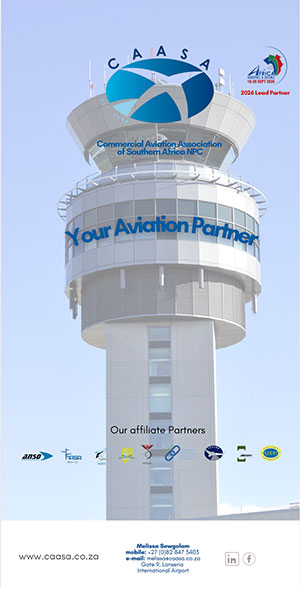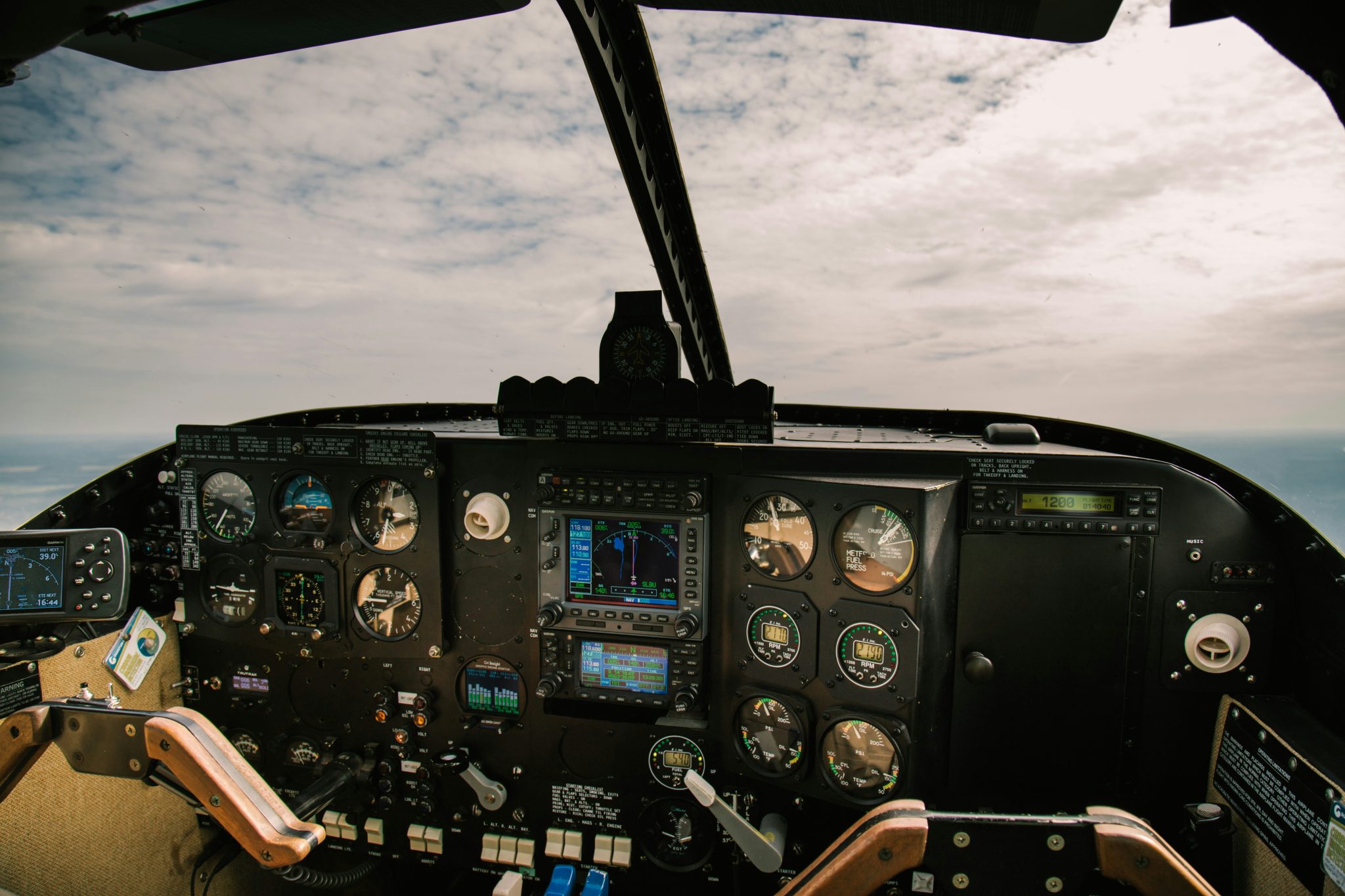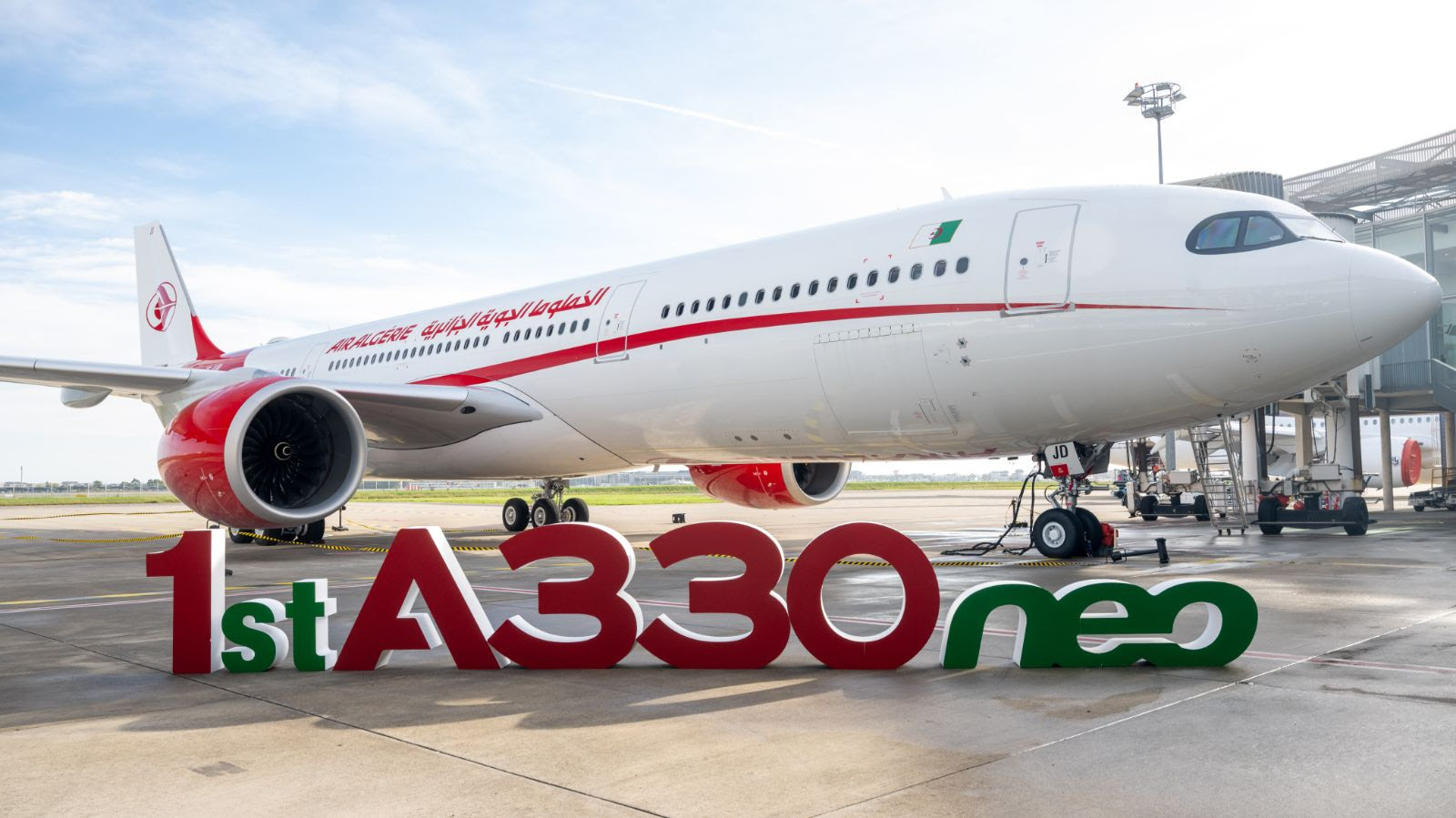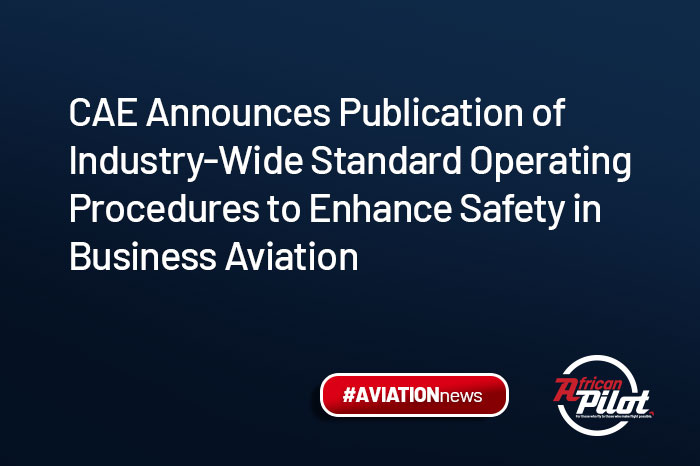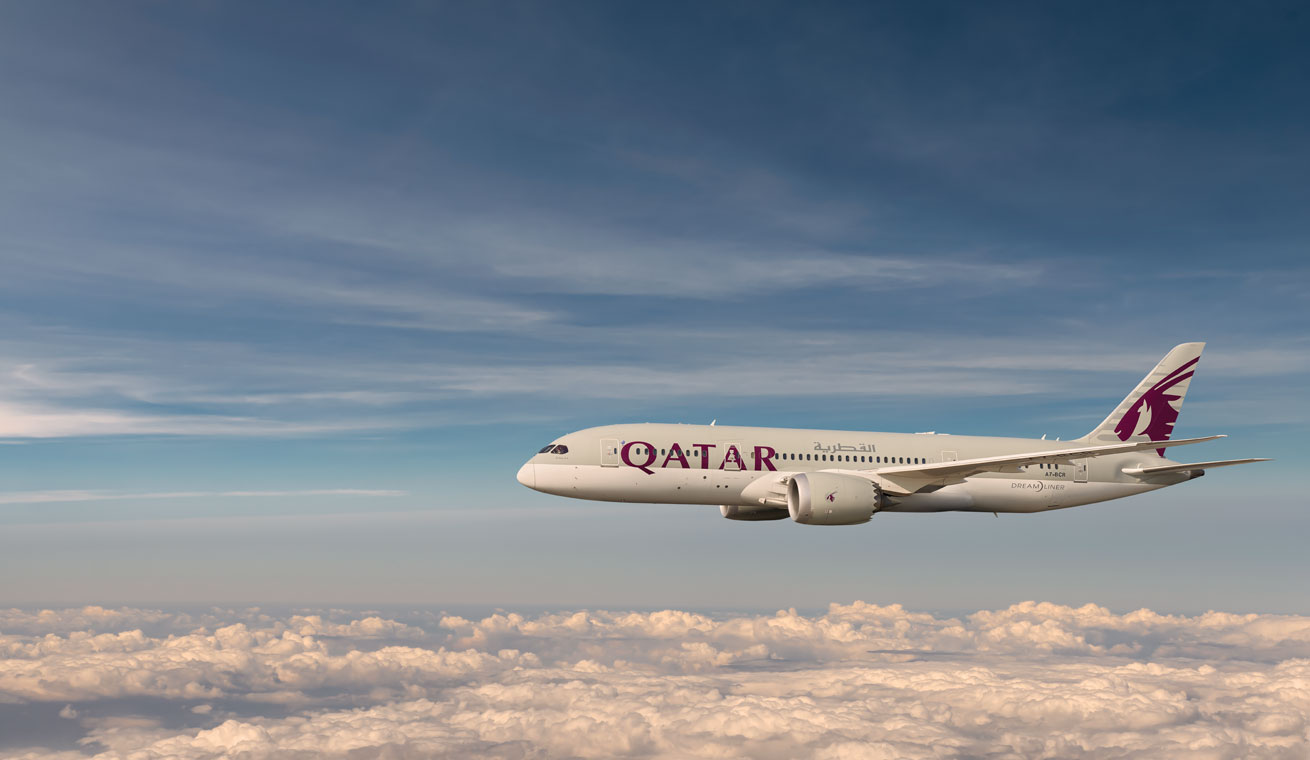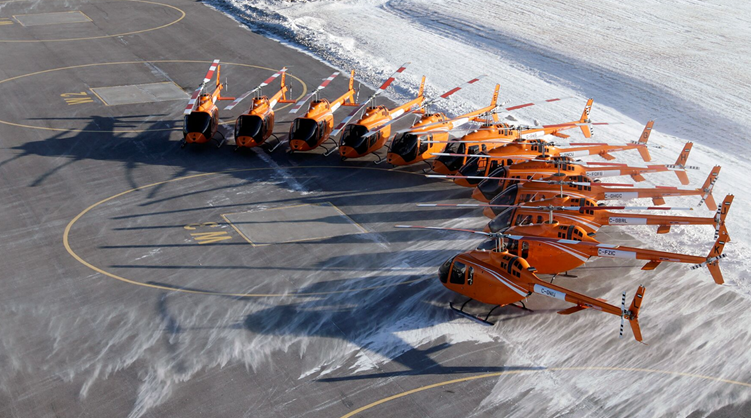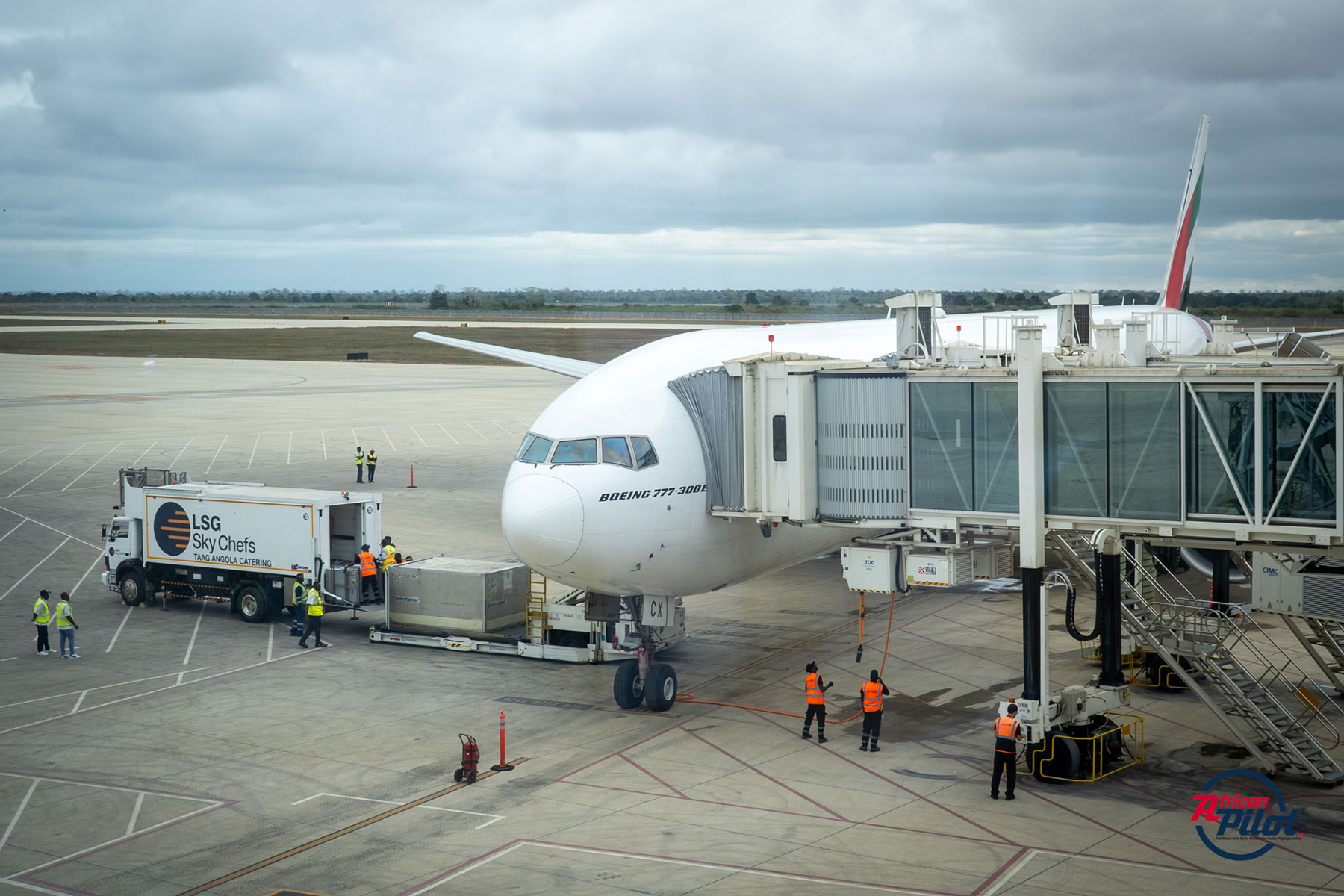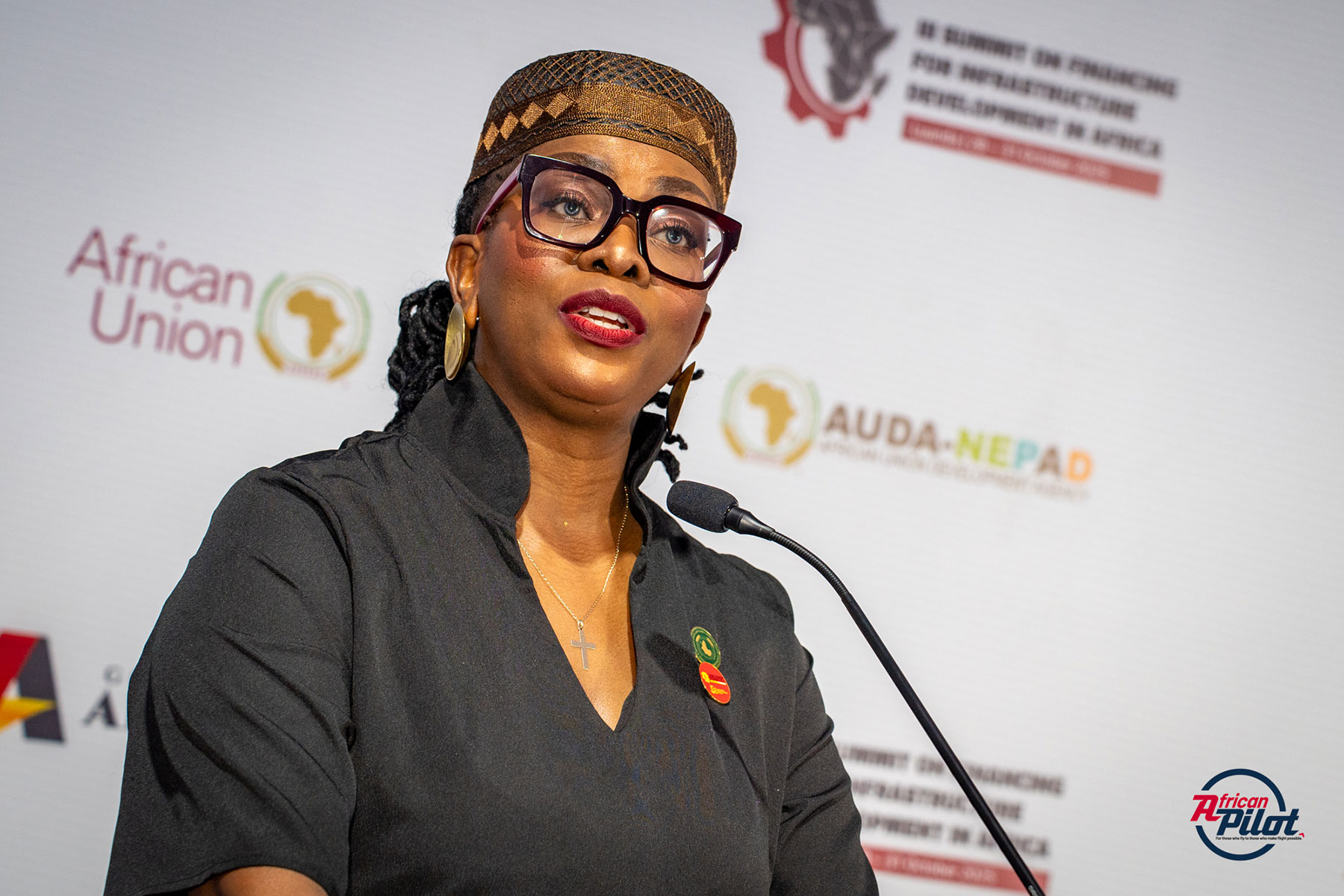At the recent Luanda Financing Summit for Africa’s Infrastructure Development, held from 28 to 31 October, Ethiopian Airlines participated in the panel discussion on Financing and Modernising African Civil Aviation Infrastructure (SAATM). Mr Adamu Tadele, representing the airline’s CEO, responded to questions posed by panel moderator Mr Eric Ntenganderwa, Head of the Transport and Mobility Division at the African Union Commission (AUC), on how infrastructure modernisation, cargo development and airspace management reforms can support more efficient operations across Africa, and which regulatory or infrastructure gaps most urgently require attention.

Building Connectivity on Airport Infrastructure
Mr Tadele confirmed that Ethiopian Airlines connects Africa to itself and to the rest of the world, flying to 65 destinations in Africa. He explained that this is possible because of the strong infrastructure at Addis Ababa Bole International Airport.
Since 2017, the airport enterprise has been part of the airline group, and Ethiopian Airlines has invested about USD 1 billion to enhance infrastructure at Bole Airport and 22 domestic airports. This has increased Bole’s capacity from 8 million passengers per year to 25 million passengers per year.
According to Mr Tadele, this has helped the airline provide connectivity across Africa and given it the leverage to take leadership as a gateway to the continent. Previously, passengers connected through Dubai; now it is through Addis Ababa that Ethiopian Airlines connects Africa to itself and to the rest of the world.
He stressed that infrastructure development is vital. Airport terminals should be improved, seamless connectivity should be provided for connecting passengers, airport communications should be modernised, and runways should be improved so that the desired activities can be carried out. African aviation is growing in double digits, but without proper infrastructure, this growth will not be realised.
Cargo Infrastructure and Intra-African Trade
Mr Tadele noted that, as things stand, 80% of African traffic is operated by non-African airlines, with a lack of proper infrastructure to connect passengers as a main reason. The airline has invested heavily to develop the airport, and Addis Ababa is now providing seamless connectivity.
On cargo, he stated that trade between African nations will be realised when there are proper cargo terminals, cold warehouses, e-commerce facilities and a pharma wing. At Ethiopian Airlines in Addis Ababa, significant investment has been made in developing the cargo terminal since 2015. The airline now has two cargo terminals and an e-commerce facility.
The first cargo terminal provided about 230,000 tonnes of cargo per annum. This has been improved to a capacity of 1 million tonnes per annum. That capability helped the airline during the COVID pandemic, when it was serving Africa by providing protective equipment, supported by cold warehouse facilities and automatic cargo connections. A pharma wing was also created to accommodate medicines and vaccines when the COVID vaccine became available. This helped Ethiopian Airlines to be a leader in providing cargo from Africa to Africa and between African countries.
However, Mr Tadele stressed that between African countries, a lot of work still needs to be done. In many parts of Africa, and in many airports, the required facilities to store and connect cargo to the next destination are still not available.
Regulatory Harmonisation and Seamless Airspace
Mr Tadele underlined that the harmonisation of regulation in Africa is vital. In some cases, it is easier to conclude bilateral relations with countries outside Africa than to have agreements within Africa. This situation needs to be changed if the Single African Air Transport Market (SAATM) is to be realised.
For SAATM to be successful, he said, the first step in Africa is to harmonise the regulatory framework and to hold discussions such as those at the Summit. This requires the willingness of African governments. Many countries have ratified SAATM, but implementation remains very difficult, and there are many gaps in regulatory harmonisation.
He stressed that airspaces should be seamless and that similar, modernised equipment should be used so that aircraft can move from one airspace to another seamlessly. This will bring efficiency and reduce costs so that African airlines can continue to be profitable. Infrastructure development focusing on airspace connectivity, together with harmonisation of the regulatory framework for African aviation, should be implemented so that SAATM can be realised.
Capital, Fleet Modernisation and Skills
Mr Tadele pointed out that African aviation needs more than infrastructure development. Infrastructure alone is not enough; airlines must also have aircraft to operate. Aviation is a highly capital-intensive industry, so access to capital must be taken into account.
Many African airlines are struggling to modernise their fleets, and fleet modernisation must go hand in hand with infrastructure development. He also highlighted brain drain as another challenge, as aviation professionals are in demand all over the world. Trained and skilled manpower is taken away from African airlines, and this issue must also be addressed so that the African aviation market can grow.
New Mega Airport South of Addis Ababa
Returning to Ethiopian Airlines’ own experience, Mr Tadele reiterated that, after the airport became part of the airline, capacity at Bole Airport was increased from 8 million to 25 million passengers per year. By June this year, the airline had carried 20 million passengers, meaning Bole will reach its effective capacity in a matter of a few years.
For this reason, Ethiopian Airlines has started construction of a mega airport located 40 kilometres south of Addis Ababa. The construction cost will be about USD 8.6 billion, with a total project cost of USD 10.5 billion.
The project has already started. The resettlement and livelihood arrangements for occupants of the selected area have been finalised. The African Development Bank has been identified as the mandated lead arranger, and KPMG has been appointed as the financial adviser. The project information memorandum and the financial model have been finalised, and financial mobilisation has already started.




